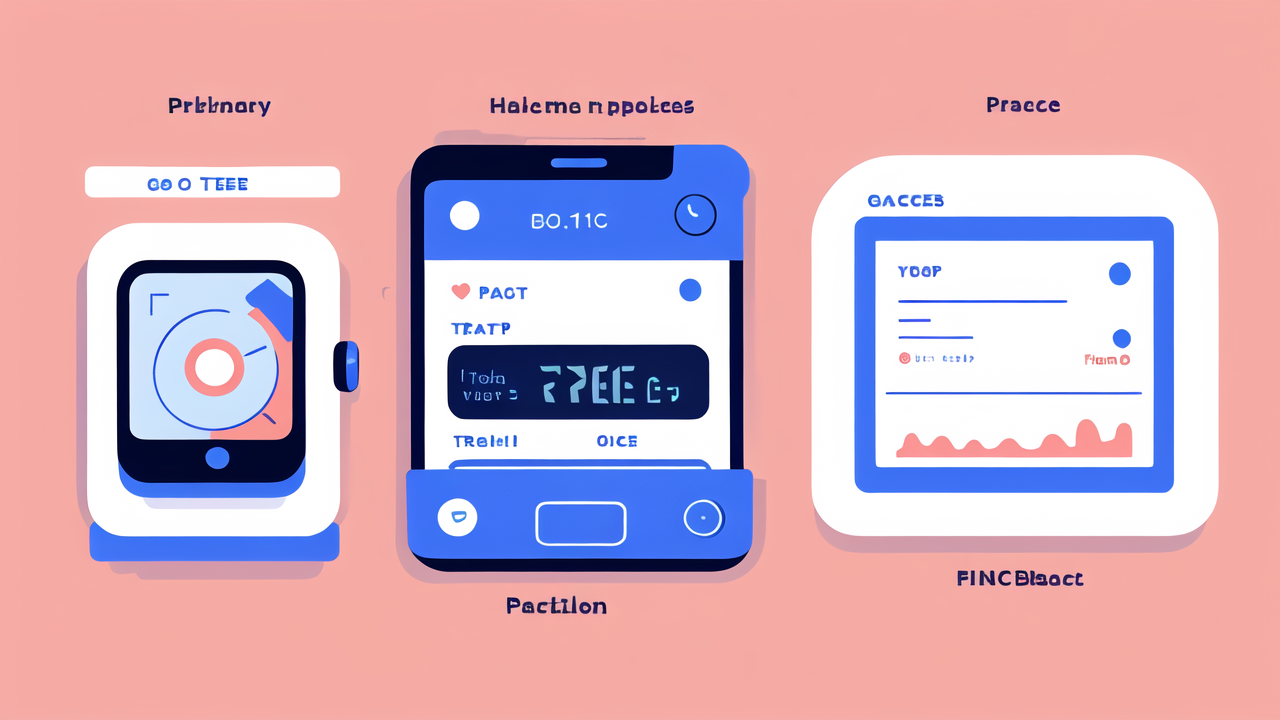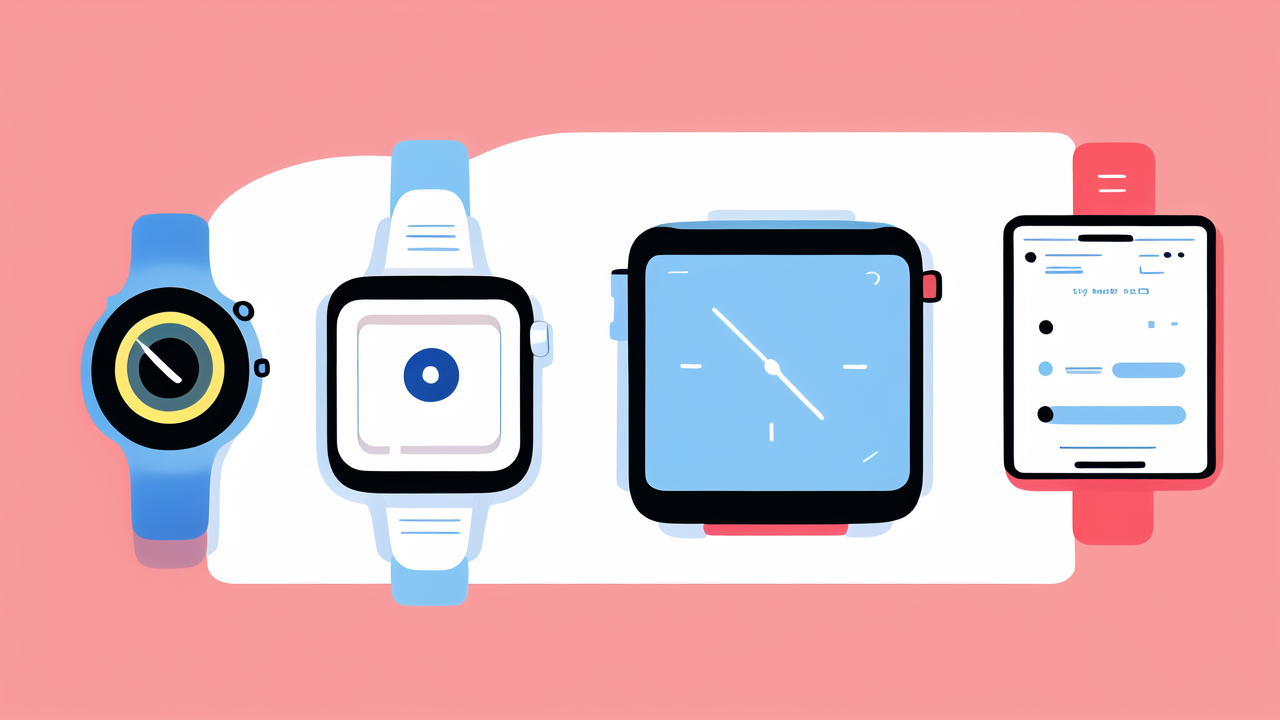Understanding the Growth of the Smart Watch Market in the United States
The Rise of Fitness-Focused Wearables
Smart watches began as simple fitness trackers. They counted steps and tracked basic workouts. Over time, they evolved into powerful health tools. Early models like Fitbit gained popularity for their ease of use.

These devices appealed to health-conscious consumers. They offered a way to monitor daily activity levels. Users could set goals and track progress. This motivated people to be more active.
As technology improved, so did the features. Heart rate monitors and GPS were added. This made the devices more useful for serious athletes. Runners and cyclists could now track their routes and performance.
The success of fitness wearables paved the way for more advanced smart watches. It showed there was a market for wearable technology. This led to bigger tech companies entering the field.
From Niche to Mainstream: The Changing Consumer Demographics
Initially, smart watches were seen as gadgets for tech enthusiasts. They were expensive and had limited features. But as prices dropped and features improved, their appeal broadened.
Young professionals were early adopters. They saw smart watches as a way to stay connected. Notifications on the wrist meant fewer distractions from phone checks.
As health features improved, older adults became interested. They valued the ability to monitor vital signs. Emergency features like fall detection added peace of mind.
Families started buying smart watches for kids. These devices offered a way to stay in touch without giving children smartphones. This expanded the market to a new age group.
Fashion-conscious consumers were drawn in by sleeker designs. Smart watches became style statements. This shift helped move them from niche products to mainstream accessories.
The Impact of Advanced Technologies on Smart Watches
Advancements in technology have transformed smart watches. Improved batteries mean longer use between charges. This makes them more practical for daily wear.
Touchscreens have become more responsive. This allows for easier navigation of apps and menus. Voice control has also improved, enabling hands-free use.
Waterproofing has made smart watches more durable. Users can now wear them while swimming or in the shower. This increases their utility and appeal.
Bluetooth technology has enhanced connectivity. Smart watches can now easily pair with other devices. This allows for features like music control and mobile payments.
The integration of more sensors has expanded health tracking capabilities. Smart watches can now monitor sleep patterns, stress levels, and even blood oxygen levels.
Key Players and Innovations in the Smart Watch Industry
Pioneering Brands in Smart Watch Technology
Apple leads the smart watch market with its Apple Watch. It offers a seamless experience for iPhone users. The device combines health tracking with communication features.

Samsung's Galaxy Watch series provides strong competition. It works well with Android phones and offers unique features. These include a rotating bezel for navigation.
Fitbit, now owned by Google, continues to focus on fitness. Their devices offer detailed health insights. They appeal to users who prioritize wellness tracking.
Garmin targets outdoor enthusiasts and athletes. Their watches offer rugged designs and advanced sports tracking. Features like built-in maps appeal to hikers and runners.
Fossil brings traditional watch design to smart technology. They offer a range of styles that look like classic timepieces. This appeals to those who want smart features in a familiar form.
Breakthrough Innovations: When Fashion Meets Functionality
Smart watch design has evolved to be more fashionable. Many models now offer customizable faces and bands. This allows users to match their watch to their outfit or mood.
Some brands have partnered with fashion houses. This has resulted in luxury smart watches. These devices combine high-end materials with advanced technology.
Always-on displays have improved the look of smart watches. They now resemble traditional watches more closely. This has made them more appealing to a broader audience.
Hybrid smart watches blend analog faces with smart features. These appeal to those who prefer a classic look. They often offer longer battery life than fully digital models.
Innovations in band materials have improved comfort. New fabrics and designs make watches suitable for all-day wear. This is crucial for devices that track health around the clock.
Collaborations and Partnerships: Expanding the Smart Watch Ecosystem
Tech companies have partnered with health organizations. This has led to features like ECG monitoring and fall detection. These partnerships add credibility to health tracking features.
Fitness apps have integrated with smart watch platforms. Users can now track workouts and compete with friends. This social aspect has increased engagement with the devices.
Mobile payment companies have teamed up with watch makers. This allows users to make purchases with a tap of their wrist. It adds convenience and reduces the need to carry wallets.
Music streaming services now offer smart watch apps. Users can control playback and download playlists. This makes smart watches useful for workouts and commutes.
Smart home companies have created watch interfaces. Users can now control lights and thermostats from their wrist. This integration makes smart watches central to home automation.
The Future of Smart Watches: Trends and Predictions
The Integration of AI and Machine Learning in Smart Watches
AI will make smart watches more proactive. They may suggest workouts based on your schedule and fitness level. This personalized approach could improve user engagement.

Machine learning could enhance health monitoring. Watches may detect patterns that indicate potential health issues. Early warnings could prompt users to seek medical attention.
Voice assistants will become more capable. They may handle complex tasks without needing a phone. This could make smart watches more independent devices.
Predictive features may anticipate user needs. A watch might order a ride share when it detects you're running late. This level of assistance could make watches indispensable.
AI could improve battery management. Watches may learn usage patterns and optimize power consumption. This could lead to longer battery life between charges.
The Role of Smart Watches in the Wellness and Health Industries
Smart watches are becoming tools for preventive healthcare. They may track long-term health trends and alert users to potential issues. This could lead to earlier interventions.
Mental health tracking is an emerging focus. Watches may monitor stress levels and suggest relaxation techniques. This could help users manage their overall well-being.
Integration with telehealth services is likely to increase. Watches could share data directly with healthcare providers. This could improve remote patient monitoring.
Fitness features will become more sophisticated. Watches may offer personalized workout plans and real-time coaching. This could make personal training more accessible.
Sleep tracking will evolve beyond basic metrics. Watches may provide actionable advice to improve sleep quality. This could have a significant impact on overall health.
Anticipating Changes in Consumer Behavior and Market Demands
Consumers will expect longer battery life. Advances in power management and batteries will be crucial. Devices that last a week or more on a charge may become standard.
Privacy concerns will shape feature development. Users will demand more control over their data. Transparent data practices will become a key selling point.
Customization will be increasingly important. Users will want devices that reflect their personal style. This may lead to more modular designs and aftermarket options.
Integration with other devices will expand. Smart watches may become hubs for other wearables. They could coordinate data from smart clothing or health sensors.
Sustainability will influence buying decisions. Consumers may prefer watches made from recycled materials. Upgradeable designs could reduce electronic waste.




Leave a comment
This site is protected by hCaptcha and the hCaptcha Privacy Policy and Terms of Service apply.